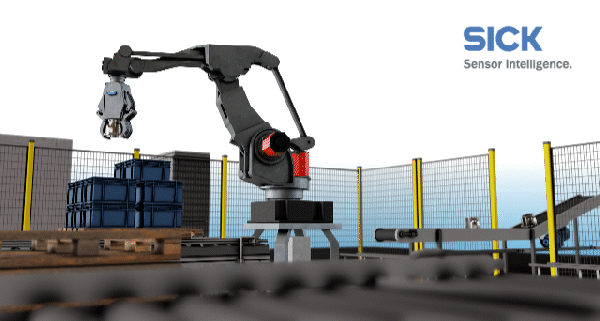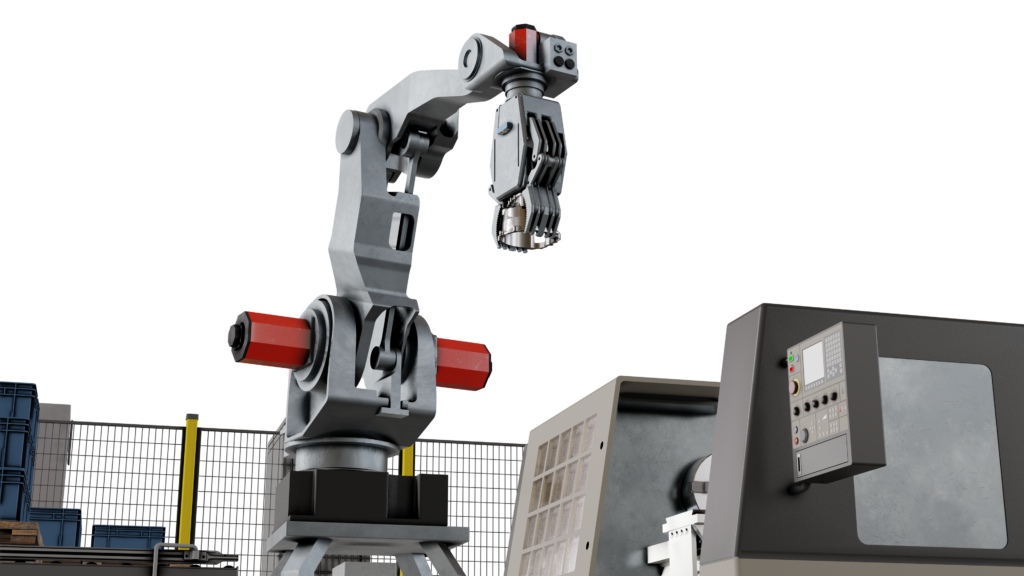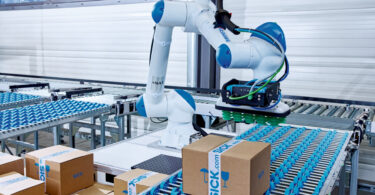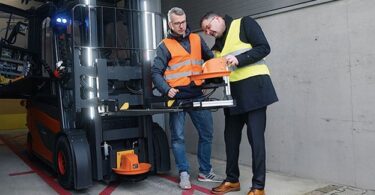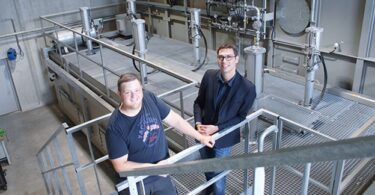Protect your automotive cargo with formed dunnage and how robot guidance systems enhance the process
Dunnage, most commonly used in packaging, is used across the manufacturing sector. In automotive formed dunnage applications, industrial robots increase speed and accuracy for numerous tasks like stacking, loading, and unloading on assembly lines. Moreover, industrial robots are safer than manual labor, helping to reduce the chances of injury to workers on the job. The use of industrial robots in this sector is growing steadily and provides companies with excellent opportunities to streamline processes, especially dunnage applications.
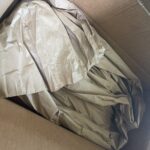 What is Formed Dunnage?
What is Formed Dunnage?
Formed dunnage is a type of packaging material used to fill the empty space or voids in shipping containers to protect items within the package from shifting or being damaged during transport. It can be made of a variety of materials, including foam, corrugated cardboard, plywood, airbags, and other types of materials.
You know those annoying materials in your Amazon package, like air pillows or packing peanuts? That’s dunnage. And while dunnage may seem excessive or cumbersome, it does serve a real purpose: your item arrives in quality condition.
Formed Dunnage in Automotive Applications
Formed dunnage is commonly used to protect and secure auto parts and components during shipping. It can be used to cushion and pad parts and components to protect them from jostling, impacts, and temperature extremes. It also helps to secure parts and components within the vehicle itself, preventing damage caused by shifting during transport. Additionally, formed dunnage helps to prevent static electricity discharge when packaging sensitive components and electronics.
The use of dunnage is important for the transit and protection of automotive components, such as electric motor casings. Without dunnage, damage could occur to the sealed surface, leading to a leak when installed.
Using Industrial Robots for Formed Dunnage Applications
An industrial robot equipped with a vision solution is ideal for picking up and placing each casing on a line without damaging it. The vision solution, whether it be a 2D or 3D camera, allows the robot arm to “see” the casings in between the dunnage, enabling it to accurately locate and position the casing for the next task in the sequence.
If you’re looking for the right partner for this application, SICK has you covered! SICK’s vision portfolio offers a range of 2D and 3D cameras so our customer can find the best fit for their application. In the specific case of formed dunnage in automotive applications, our PLB vision solution utilizes 3D cameras to provide the accuracy and flexibility you need for localization of heavy parts.
Want to learn more about this application? Contact a SICK representative today!



